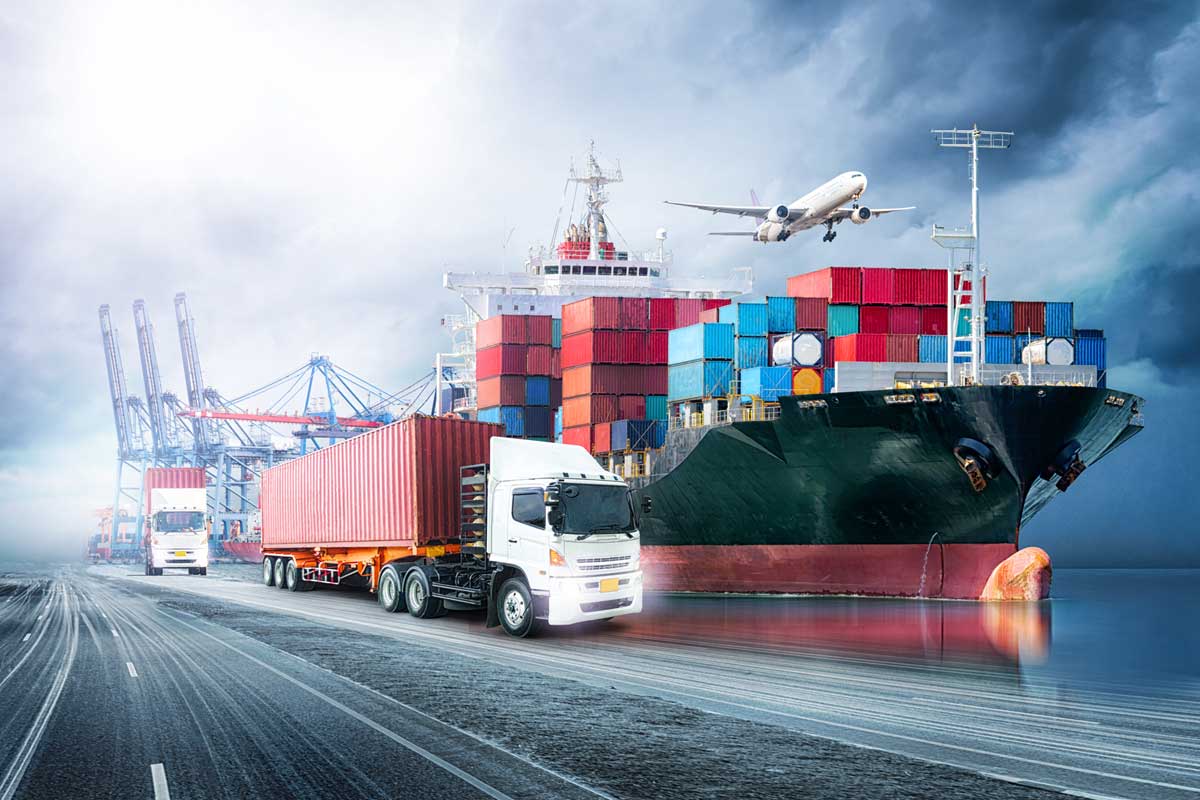Air freight, once the gold standard in logistics (if you ignore the carbon footprint aspect), guaranteed a rapid service at a reasonable(ish) price.
But the world has changed.
Greater green awareness and a global pandemic have the air freight industry in free fall. Figures published in June by the International Air Transport Association (IATA) confirmed a 30% fall in international air freight demand in April this year and a 28% drop in total cargo carried. Coupled with a reduction in capacity of 42% (due to cuts in passenger operations that also take cargo), the result has been damaging to global supply chains with longer shipping times and higher costs.
So, what alternatives should you look at?
Sea, rail and road
The fall in demand shown by the IATA clearly identifies how cost-cutting measures are shaping the market. The COVID factor and environmental concerns mean customers are looking for smarter, more sustainable transportation solutions.
What alternatives are there?
In this article, we’re going to take a quick peek at sea, train and rail freight and then consider the pros and cons of intermodal freight transportation.
Sea freight
Not wishing to state the obvious, but sea freight is slower than air freight. However, if you want to prioritise cost-efficiency and eco-friendliness, then it becomes an option worth looking at.
As a transportation system, it comes with several options such as full container load (FCL), less than container load (LCL), roll-on roll-off (RORO) and bulk dry shipping. It’s also worth noting that duty and VAT can be less expensive when using sea freight.
Of course, it does have a few downsides. As we’ve already mentioned it’s slow (in comparison with air freight), can be pricey when only shipping small loads and goods have a higher chance of being damaged (lost containers overboard and even invasion by pirates).
Train freight
Ah, the romance of the train clattering along the rails as the countryside flashes by. OK, rail-based freight isn’t romantic, but it is probably the eco-friendliest alternative available to you.
It’s high speed, reliable and punctual when you compare it with road or sea, and so makes a good option for both the environment and your budget.
Road freight
Road freight is flexible but carries a big black mark when it comes to environmental concerns.
We have an efficient road system here and in Europe but increasing traffic numbers mean routes can quickly become congested, causing delays.
Unlikely to be your first choice, it can be useful when combined with other modes of transport.
Is intermodal freight transport the answer?
Sea, rail and road freight all have advantages and disadvantages. However, when you combine them, you begin to see a viable option to air freight – even for your long-haul transportation needs.
Let’s go back to basics for a moment. Intermodal freight transportation is the use of two or more types of carrier to transport your goods. For example, you could use rail to get your goods to the coast, a truck to get them to the docks, a ship to take them to the recipient country and then back on a truck to get them to their final destination.
It works like a well-oiled machine that is, of course, unless there are any delays. But that aside, as an alternative to air freight, it can be a very cost-effective method, but again, this can be at the expense of speed.
What’s your best option?
If you’re looking for a definitive answer to satisfy your logistics conundrum, we’re going to disappoint you.
The requirements of every company are different. To come to the right decision, you need to look at your needs, demands, and goods to be shipped. Those are the factors that will shape your final decision.
The team at Smart Directions will help you find the most efficient and cost-effective logistics solution that satisfies your needs and those of your customers.

